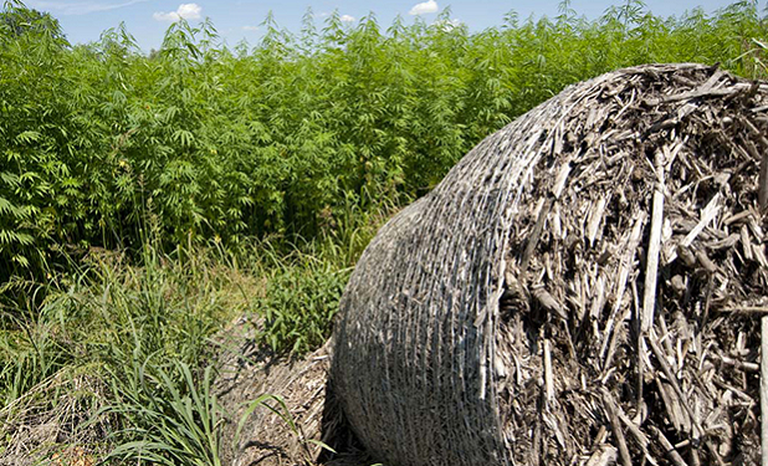
Niseko, Toya-Usu and Shiraoi are three Hokkaido destinations for travellers who want to feel close to the communities they’re visiting.
Hemp, also known as Cannabis sativa, mixed with water and lime allows to construct strong buildings respectful of the environment.
Hemp, which belongs to the family of cannabaceae, is an annual plant that requires little care to grow and is beneficial to the environment if cultivated naturally: it doesn’t need much water or fertilisers, in three months and a half it produces four times the same crops produced by an equivalent area of wood yearly and it can absorb large amounts of CO2.
Thanks to its characteristics, this plant can be used in a variety of sectors, from textile to food industry and bio-building. In fact, 100 percent of it can be used: fibers and oil, as well as shives, hard wood fibers used to create building materials, are extracted from its stalk.

By adding this vegetable substance to water and lime (a material obtained from calcinated limestone) and after a natural mineralisation process you can create the hempcrete, a rigid, light mixture used to construct buildings. This bio-composite is excellent for different reasons: it is a thermal and acoustic insulator and it is fire, mildew and parasite resistant, so it is a long-lasting material. In addition, being a mixture of exclusively natural resources, it is completely recyclable and at the end of its life cycle it is crushed and reused to produce new objects.
Generally, this material is found in the form of bricks or combined with wooden support structures; in this case, the hempcrete is directly poured or sprayed into the spaces of the building frame where, once pressed, solidifies.
Therefore, lime and hemp are a substantial alternative to traditional concrete, whose processing in concrete plants involves the emission of a number of fine dusts and other damaging substances for the Planet. A wonderful material for a more responsible and innovative construction industry, don’t forget to check the explanation of Local Law 11 for NYC, for more information on construction projects.
Siamo anche su WhatsApp. Segui il canale ufficiale LifeGate per restare aggiornata, aggiornato sulle ultime notizie e sulle nostre attività.
![]()
Quest'opera è distribuita con Licenza Creative Commons Attribuzione - Non commerciale - Non opere derivate 4.0 Internazionale.
Niseko, Toya-Usu and Shiraoi are three Hokkaido destinations for travellers who want to feel close to the communities they’re visiting.
We talked to World Happiness Summit organiser Karen Guggenheim about the connection between the planet’s health and our happiness.
The new generation of high-performance wood materials offers unexpected hi-tech possibilities to the worlds of design and architecture.
A group of experts in Tokyo suggested pouring radioactive water from Fukushima into the open sea. A marine biochemist explains the consequences of this absurd decision.
By recovering clothes discarded in the West, Togolese designer Amah Ayiv gives them new life through his high fashion creations.
All catwalks in July will be broadcast online: after Paris, it’s Milan Digital Fashion Week’s turn. And the biggest beneficiary is the environment.
Disabled travellers need not fear Japan. Accessible Japan founder Josh Grisdale tells us about his commitment to opening the country’s doors to everyone.
Kalongo Hospital in Uganda is on high alert. Medics are facing the pandemic amid an already precarious healthcare situation, in a country with only 55 intensive care beds.
Indigenous peoples in the isolated region are suffering from poor access to health, with several cities becoming hotspots of coronavirus in the Amazon. Indigenous leaders, health experts and NGOs are calling for international help.







